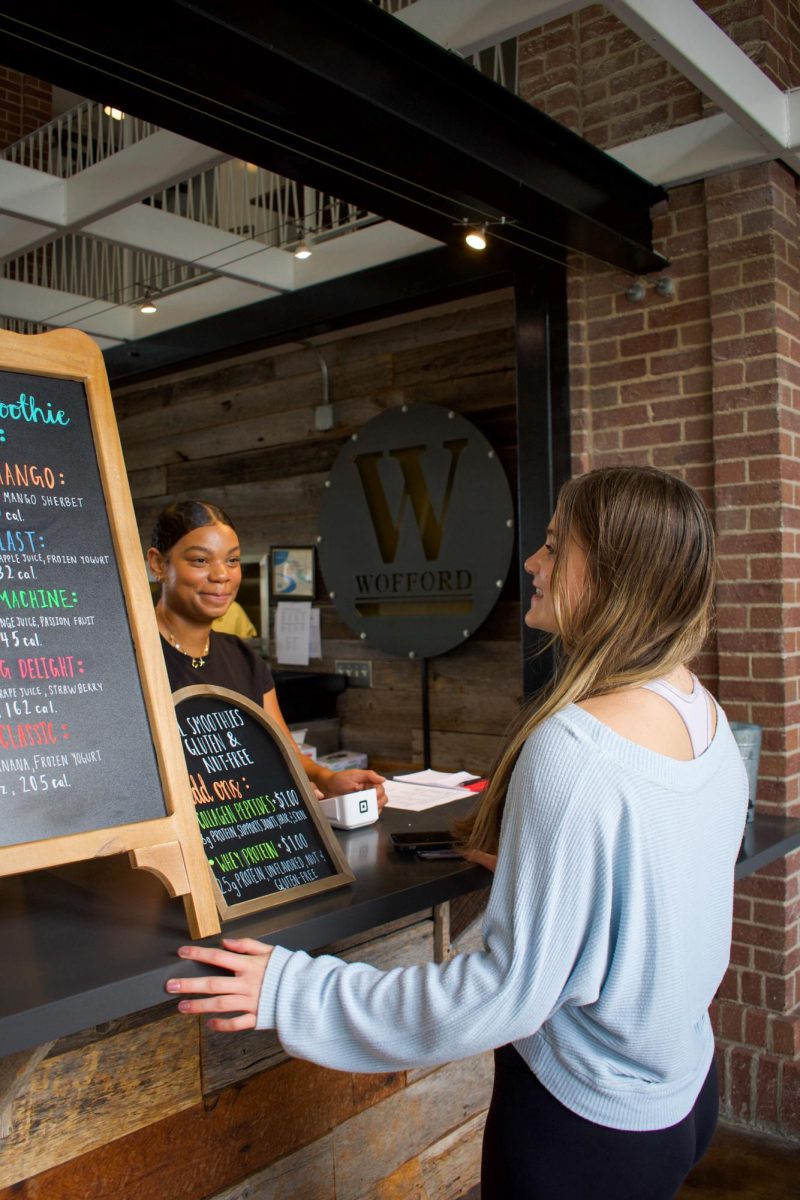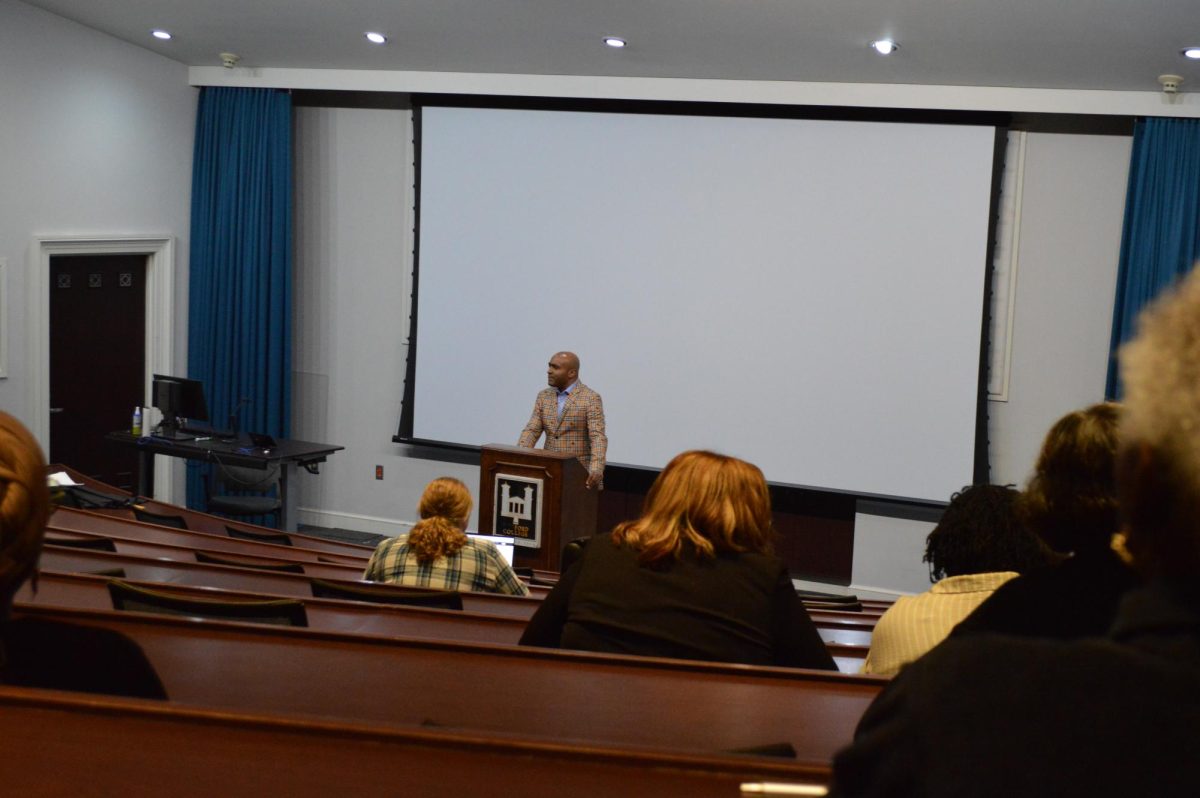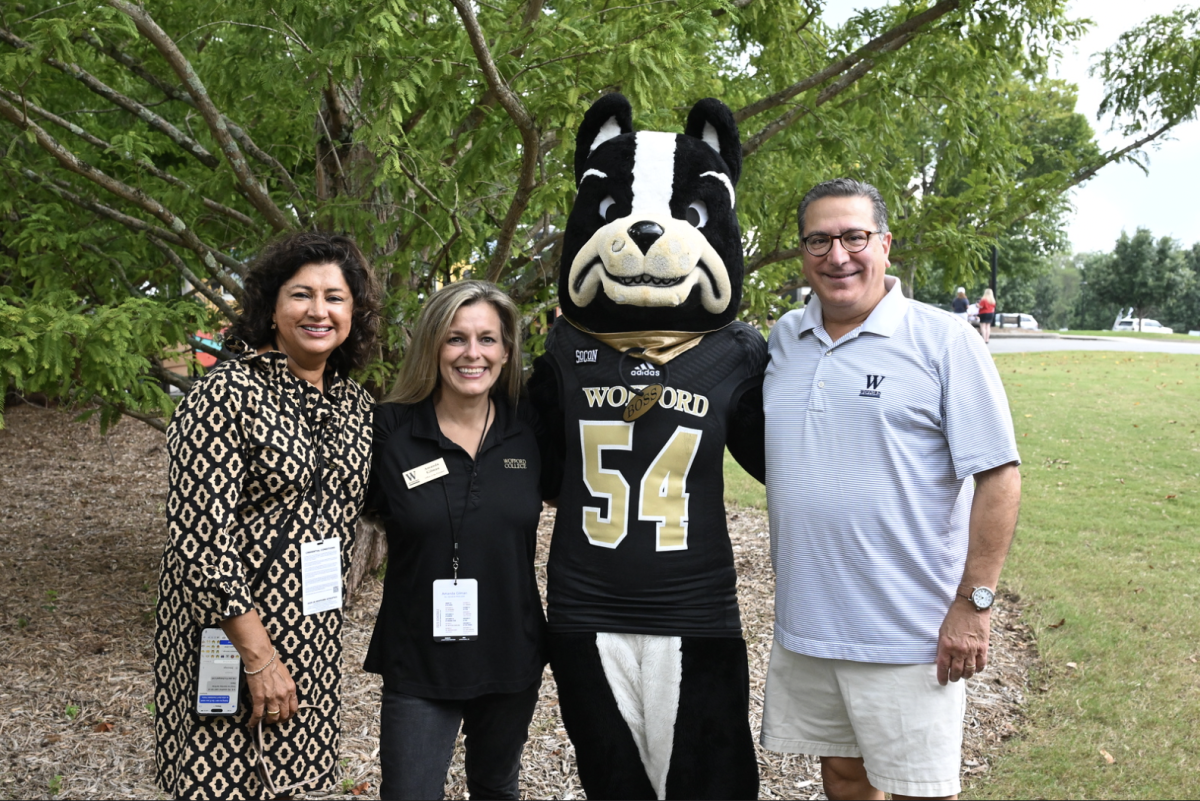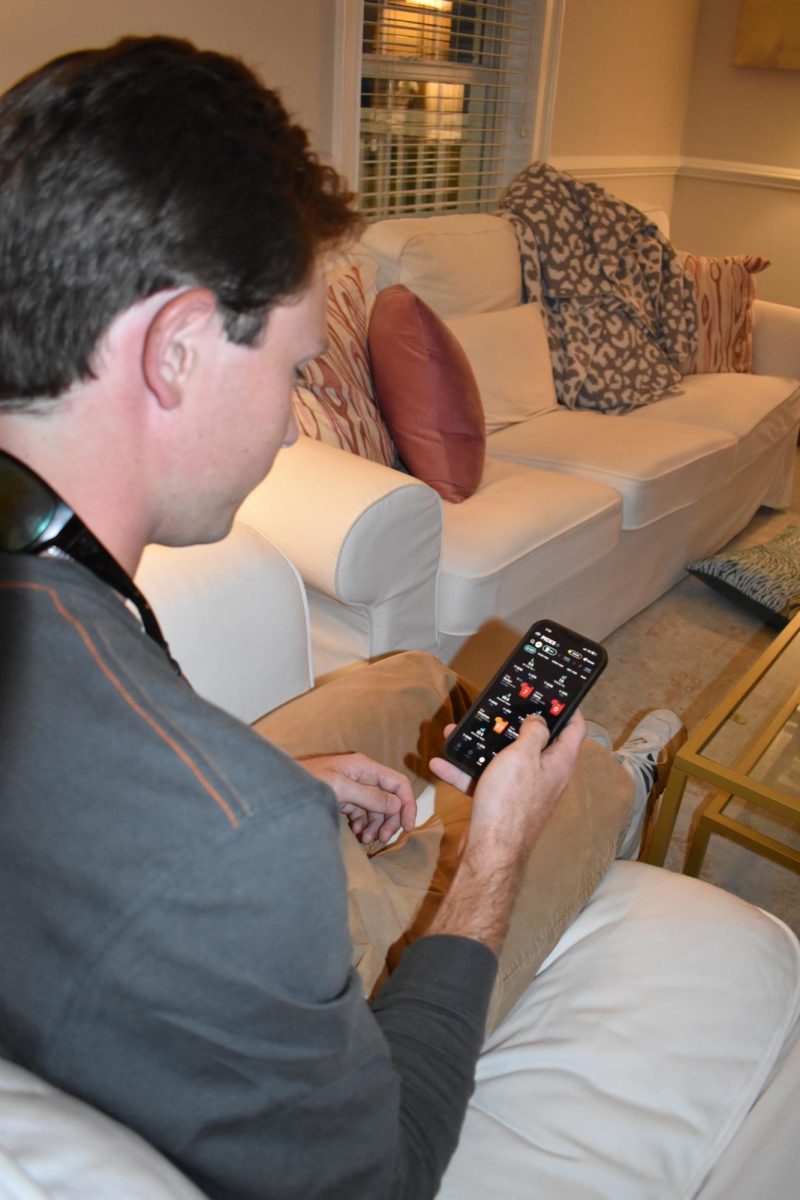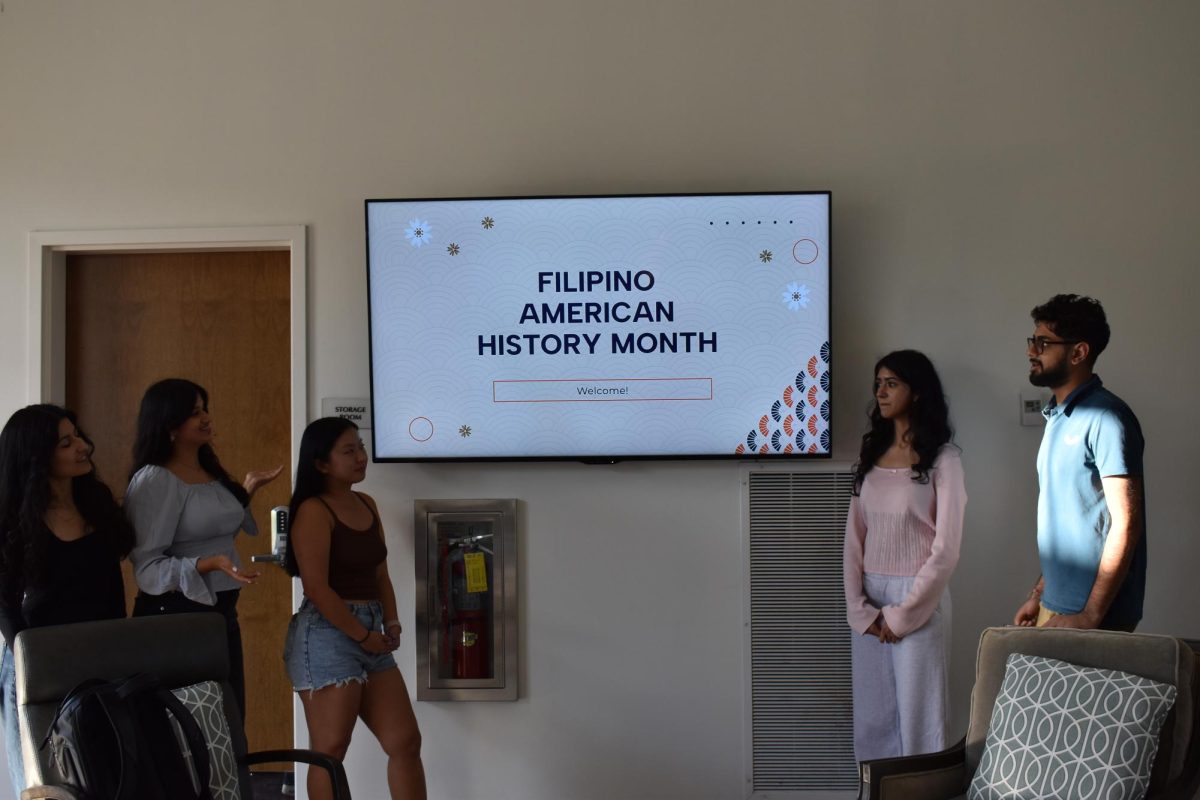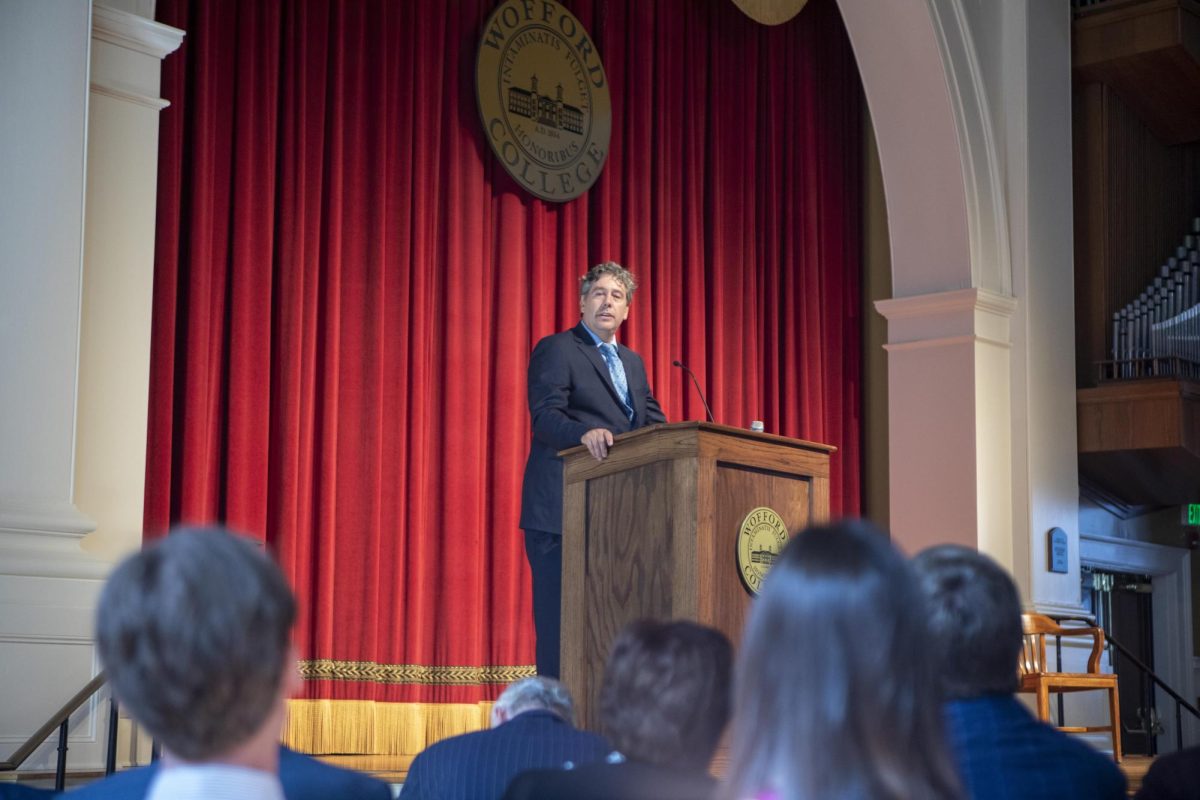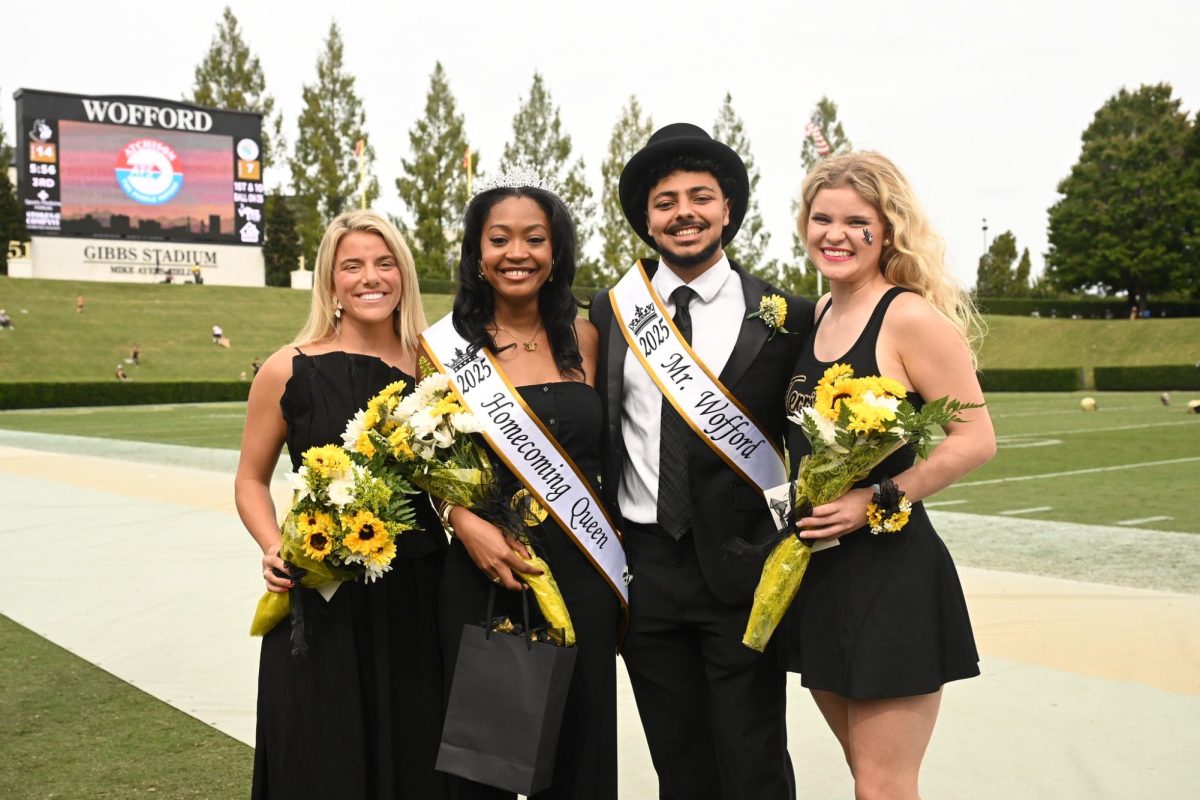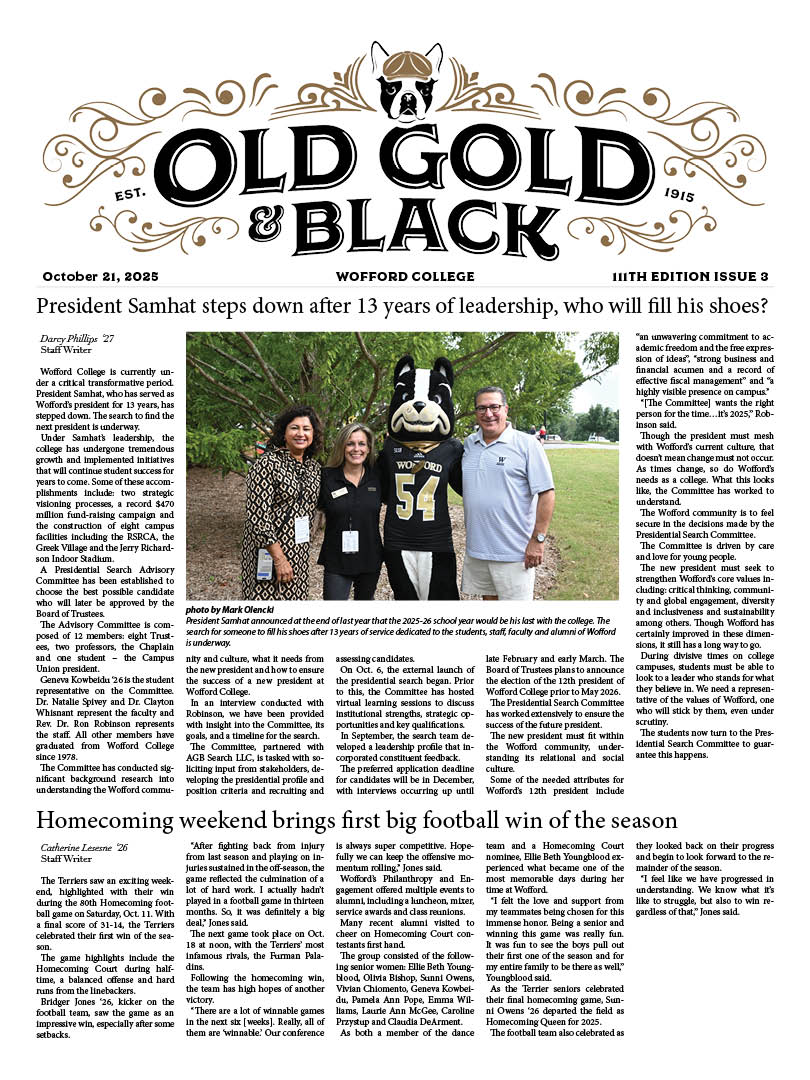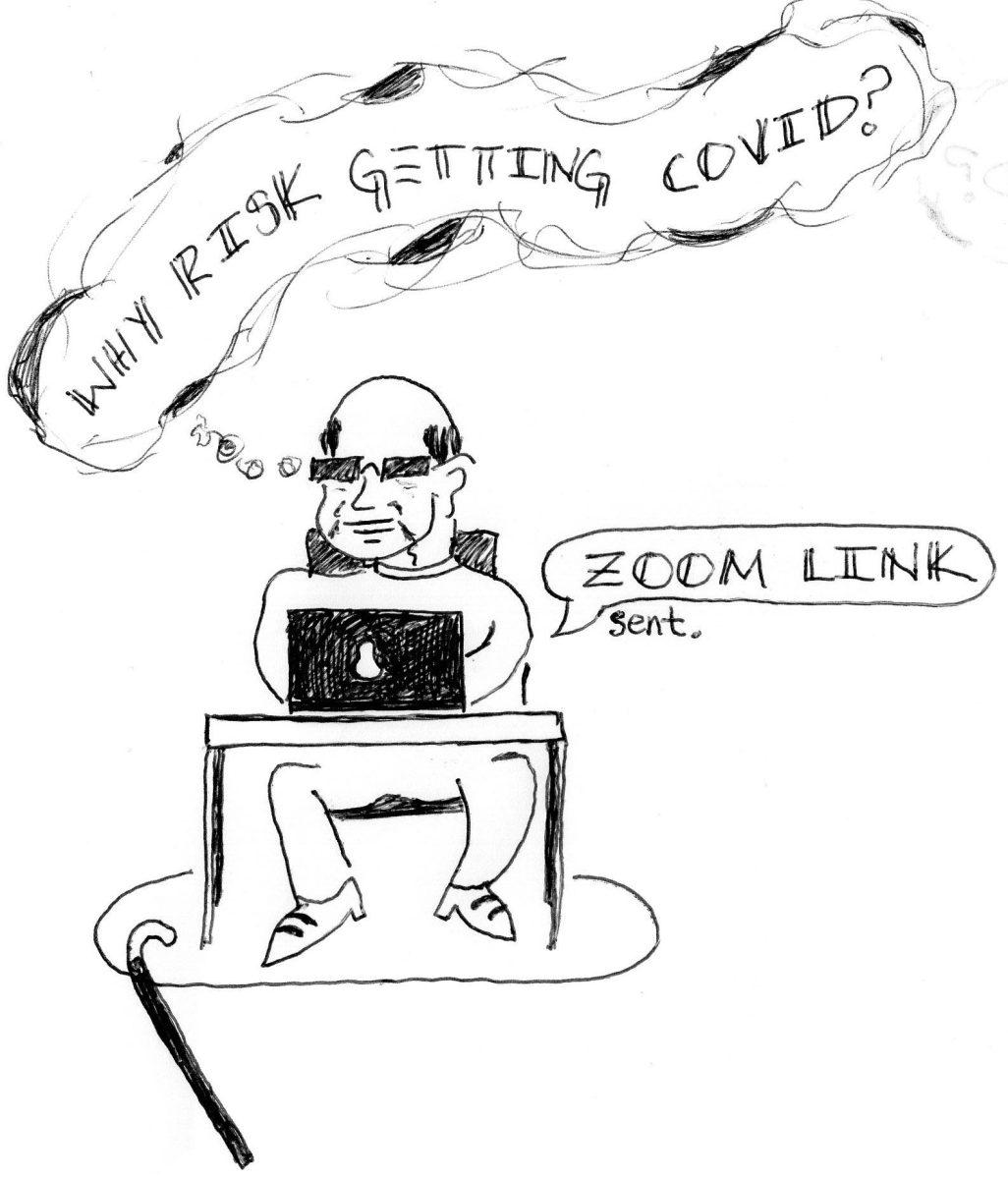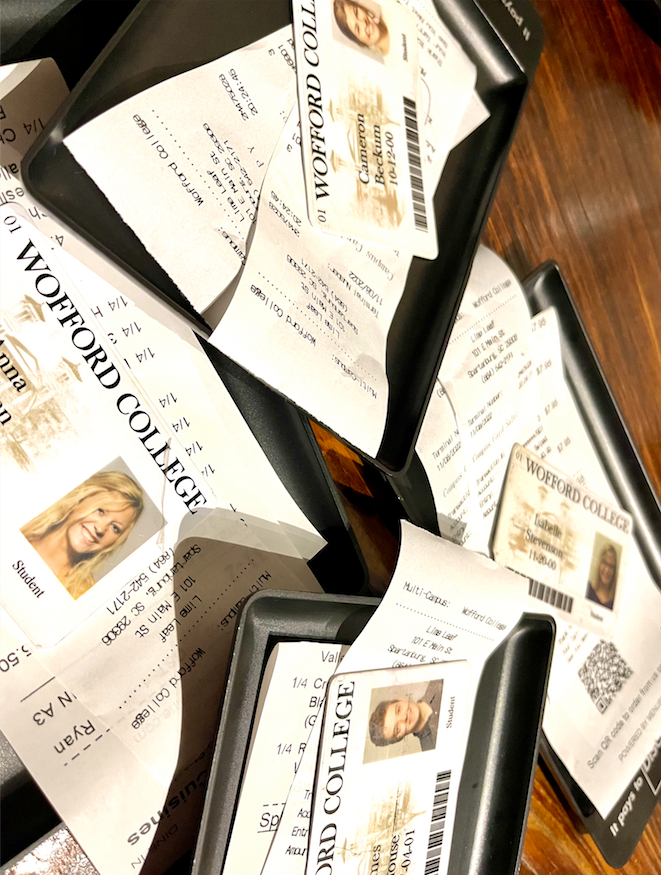Professors make key decisions to remain effective educators amid the coronavirus pandemic.
This fall semester has presented numerous challenges for Wofford to overcome, as well as many decisions. While the administration has had its fair share, there was a difficult choice that fell on each of the 145 professors. All were forced to evaluate their class sizes, options for available classroom spaces, potential useful technologies as well as their own health risks with regards to the coronavirus.
These assessments each resulted in either a remote class, in-person or something in between. Very few classes are completely in-person, affecting both the students and educators.
A majority of the professors settled on a hybrid classroom setup between remote and in-person teaching. This is due to many classes having a larger number of students than would allow for proper social distancing. Professors are using an A-B block schedule, in which half the class alternates days being present in person and on Zoom.
David Alvis Ph.D, associate professor of government and international affairs, is one of many that settled on this class model. When asked about a downside to this setup, Alvis stated, “I miss having everyone together in conversation. There is really no substitute for an in-person discussion of the material.”
Alvis also tipped his hat to the students in saying, “The most important thing that has helped during this time is the support and enthusiasm of the students. They have really been cheerfully supportive of all of the protocols and have generously offered help in setting up and cleaning the rooms.”
Alvis added that he had considered other options, such as meeting outside, but he wanted the ability for students in quarantine to still be present in class via Zoom.
Some professors were able to get around the social distancing problem by using larger classrooms. Gary McCraw, music director and professor of music, has drastically increased his typical classroom size. Prior to this semester, McCraw used a room in the music building to hold his classes.
Despite typically being a sufficient amount of space, the classrooms in the music building were too small to allow for social distancing. McCraw adapted to this problem by deciding to hold his classes in Leonard Auditorium, which allows for more than enough space.
One of the more unique classroom setups to decrease the likelihood of spreading coronavirus has been outdoor classes. Victoria Gilbert Ph.D, professor of international affairs, has her classes meet in the grass area outside of the library. Gilbert stated, “being outside means we have far fewer concerns about the transmission of covid through aerosols…Since everyone brings their own chair or blanket to sit on, we also do not lose class time to sterilizing the space and don’t have to worry about starting late or ending early to ensure there is not too much crowding in the hallways.”
When asked about the downsides of an outdoor class, Gilbert stated that it can be a little more difficult to hear at times, and that “There is the occasional squirrel-related disruption and bug repellant isn’t the sweetest smelling perfume, but I think these are pretty minor inconveniences in the grand scale of COVID-related difficulties.”
Of course, there are some professors that are under high risk for complications from the coronavirus. Because of this concern, some have resorted to completely remote classes. John Fort Ph.D, associate chair and professor of economics, is teaching remotely this semester from Outer Banks, NC because he and his wife are both at age-related high risk for complications from the coronavirus.
Fort stated that he prepared all summer getting audio recordings and PowerPoints ready for his students, and that he and other professors have had to proceed with flexibility this semester. While remote learning may not be as effective as in-person learning, Fort says, “the teachable moment is we have all had to adapt. Learning to adapt and be flexible is an important life lesson.”

